1. The “Good Luck” Horseshoe
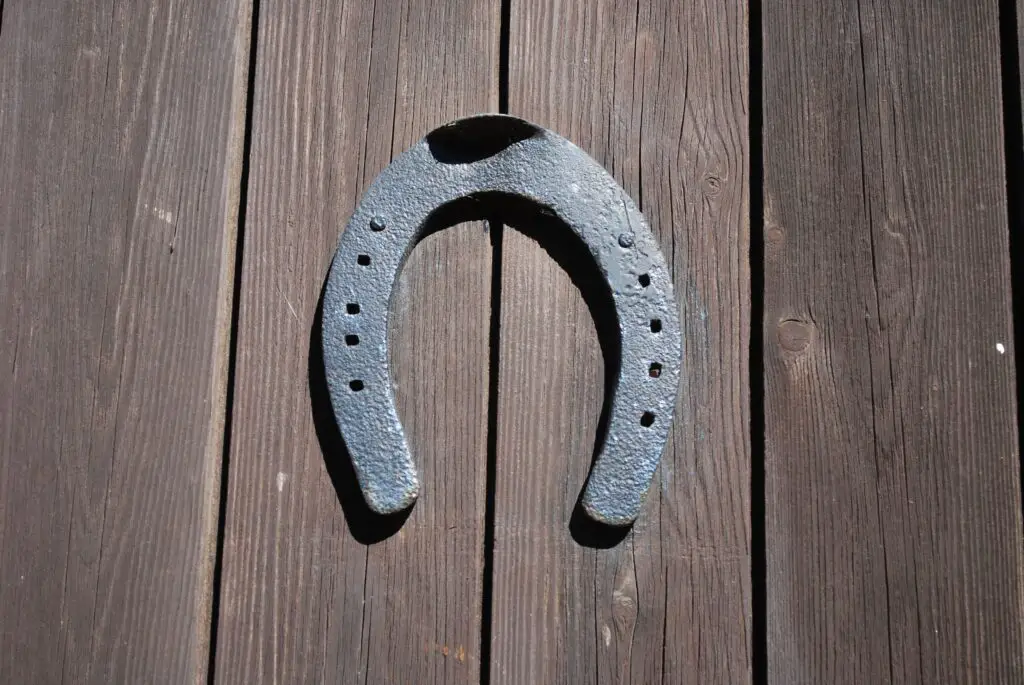
The idea that hanging a horseshoe over your door brings good luck is one tradition that’s often misunderstood. Many people believe this practice originates from Western European folklore, where the iron was thought to ward off evil spirits. However, the tradition actually traces its roots back to ancient Ireland. The Irish believed that horseshoes, often made from iron, had magical properties, partly because iron was so difficult to come by, making it special and powerful.
The tradition evolved as it traveled across the ocean with Irish immigrants, taking on a life of its own in the U.S. Over time, it became associated with general good fortune rather than just warding off bad spirits. Today, people hang horseshoes for a variety of reasons, from wishing luck to marking a new home. While it’s tied to Irish history, the American interpretation has become one of widespread superstition, disconnected from its original meaning.
2. Thanksgiving and Turkey
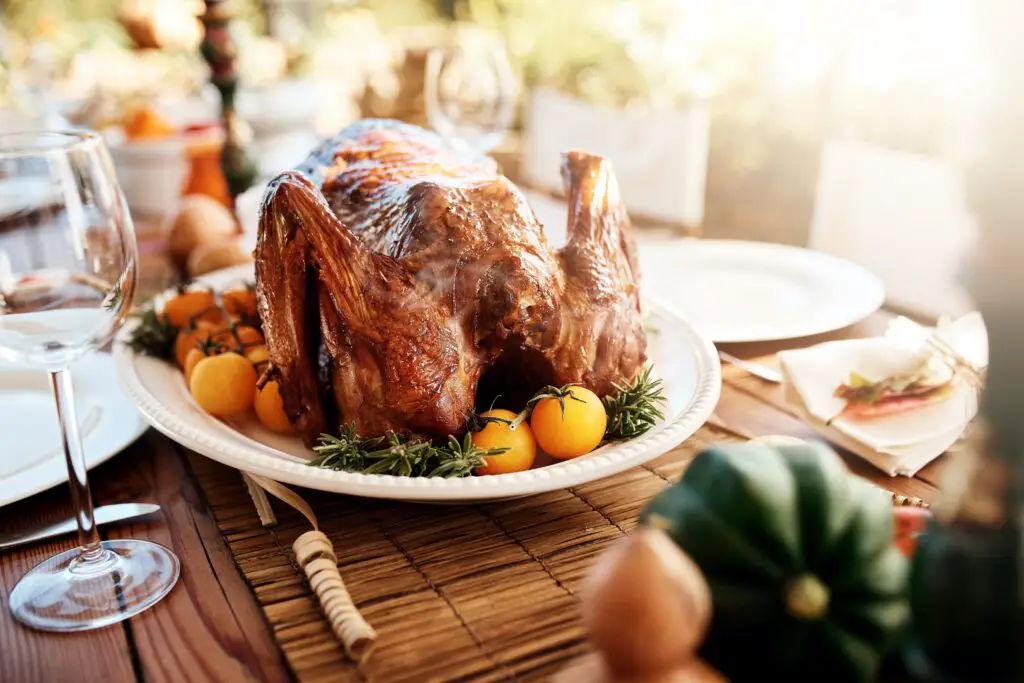
When you think of Thanksgiving, what comes to mind? Turkey, of course. While turkey is now the centerpiece of the American Thanksgiving table, the bird wasn’t the focal point of the first feast in 1621. In fact, historical accounts suggest that wild turkey was likely not even on the menu. Instead, the pilgrims and Native Americans probably ate ducks, geese, venison, and seafood, with turkey being more of a side dish.
The association between turkey and Thanksgiving emerged long after the event itself, largely because of President Abraham Lincoln’s declaration of Thanksgiving as a national holiday in the 19th century. By then, turkey had become a popular bird in American farming, and its large size made it a natural choice for big holiday meals. The turkey-centric Thanksgiving as we know it today, with its roots tied to early American agriculture, is more an American invention than anything historically traditional from the original 1621 gathering.
3. The American “Barbecue” Tradition
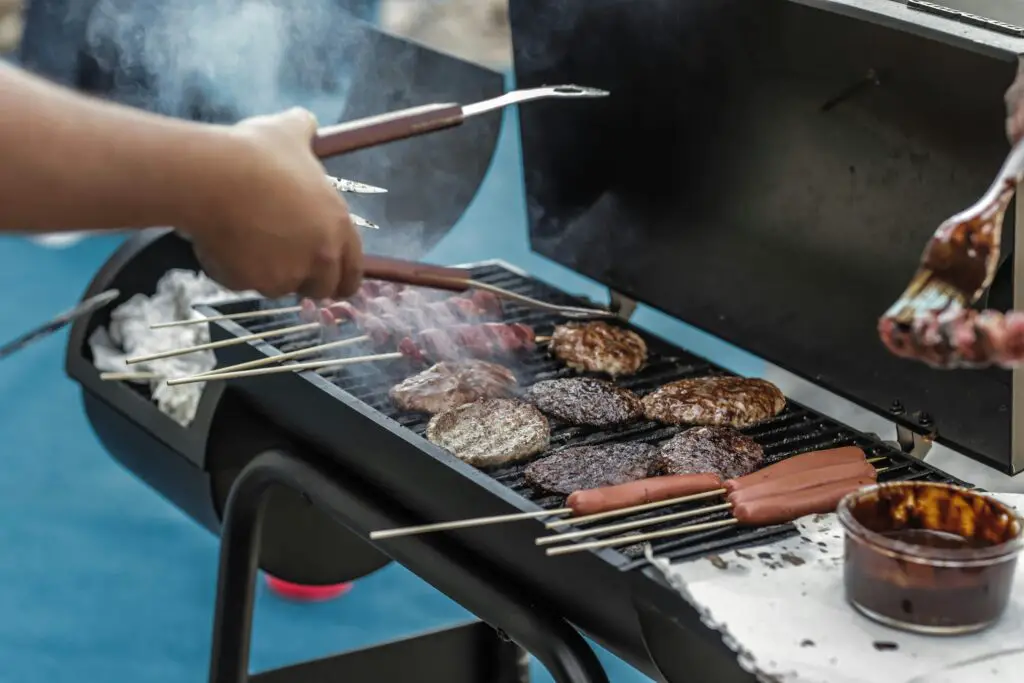
Americans pride themselves on their barbecue, but the practice of slow-cooking meat over an open flame wasn’t born in the U.S. Instead, it comes from Caribbean and African traditions. The term “barbecue” itself derives from the Taino word “barbacoa,” used to describe a method of slow-cooking meat on a wooden platform, and it was a method embraced by enslaved Africans and native Caribbean tribes long before it became a Southern staple.
Over time, the technique morphed and took on regional variations as it blended with American cultural influences, particularly in the South. It became an integral part of Southern cuisine, with each region claiming its unique style—whether it’s a vinegar-based sauce in North Carolina or a sweeter variety in Kansas City. While Americans may think of barbecue as purely their own, it’s a cultural fusion that owes much of its roots to African and Caribbean culinary traditions.
4. Cinco de Mayo Celebrations
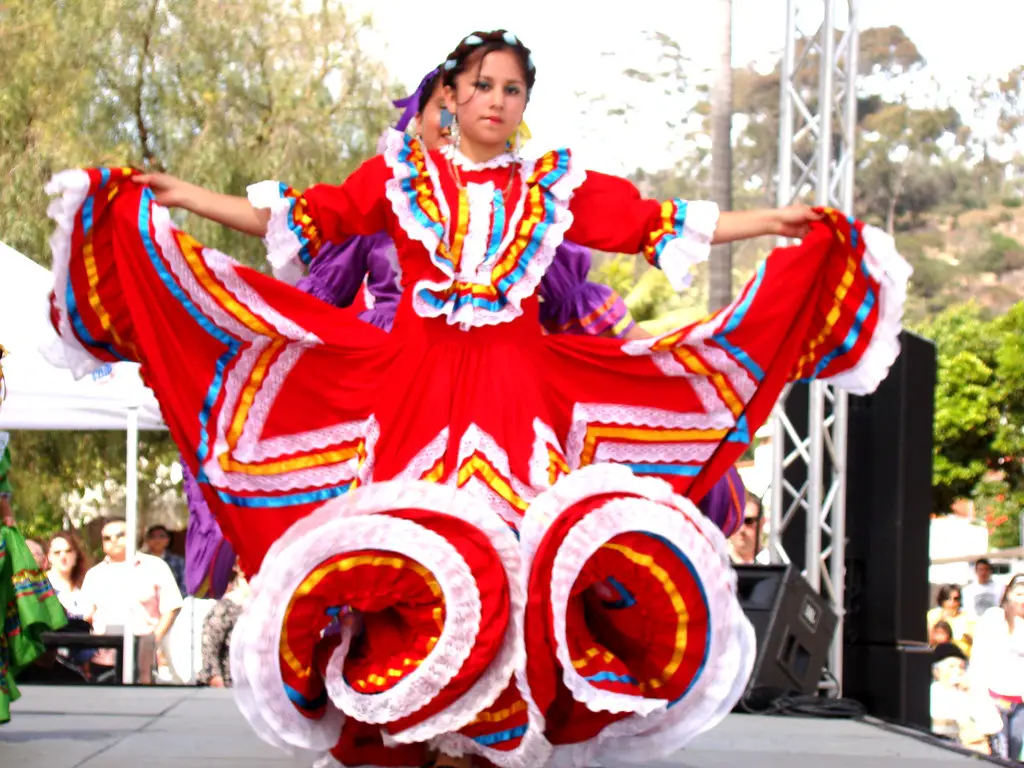
Cinco de Mayo has become a widely celebrated holiday in the U.S., with parties, parades, and lots of margaritas, but its true significance has often been lost in translation. The day marks Mexico’s victory over French forces at the Battle of Puebla on May 5, 1862. In Mexico, it’s a regional holiday with more emphasis on local pride and heritage, especially in the state of Puebla.
However, in the U.S., the holiday was adopted largely as a commercial event, celebrating Mexican-American culture, though it has little historical significance beyond the battle itself. The idea of Cinco de Mayo as a major Mexican holiday was popularized by marketers looking to sell beer and tequila. Over time, it became more of a fun celebration of Mexican culture, but its true origins remain largely misunderstood, with many treating it as a broader Mexican national holiday.
5. The “Cowboy” Image
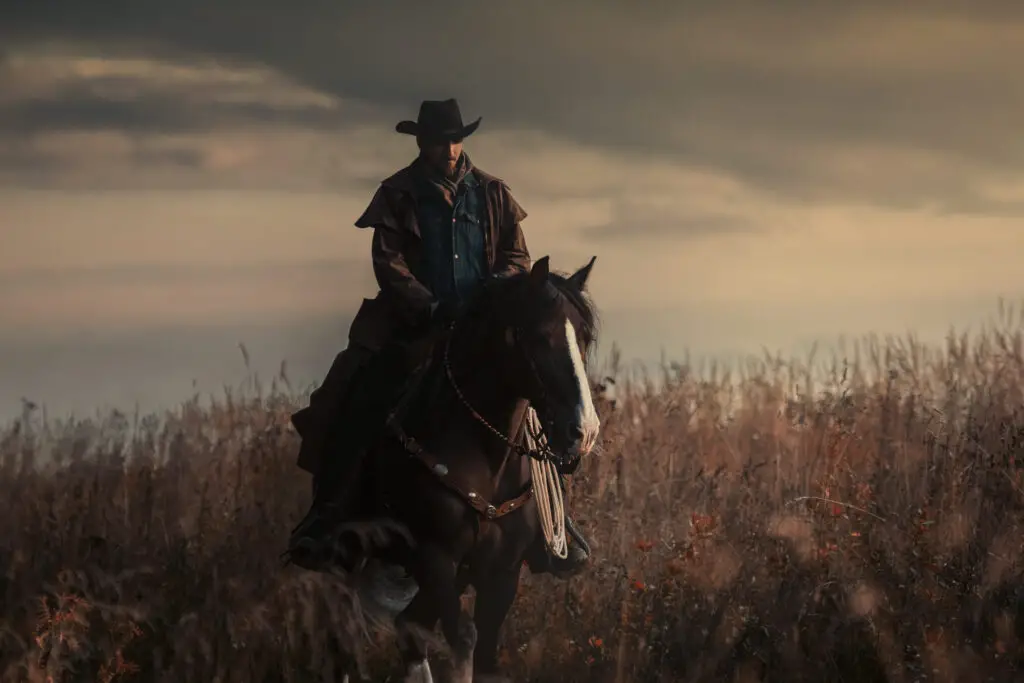
Cowboys are as American as apple pie, but the romanticized version of the cowboy is far removed from its historical roots. The American cowboy tradition is largely based on the vaquero culture brought to the Southwest by Spanish colonizers in the 16th century. These Spanish cowhands, or “vaqueros,” worked with cattle in Mexico and the southwestern U.S. long before the more famous American cowboy emerged in popular culture.
The cowboy, as depicted in Hollywood films and Western novels, is a character shaped more by the American imagination than by historical reality. The image of a lone, rugged individual galloping across the open plains doesn’t fully capture the influence of Mexican and Native American cultures on cowboy life. In truth, the American cowboy owes a great deal to the vaquero and Native American traditions of cattle herding, with much of the cowboy’s gear, style, and techniques coming from those earlier cultures.
6. Mardi Gras Parades
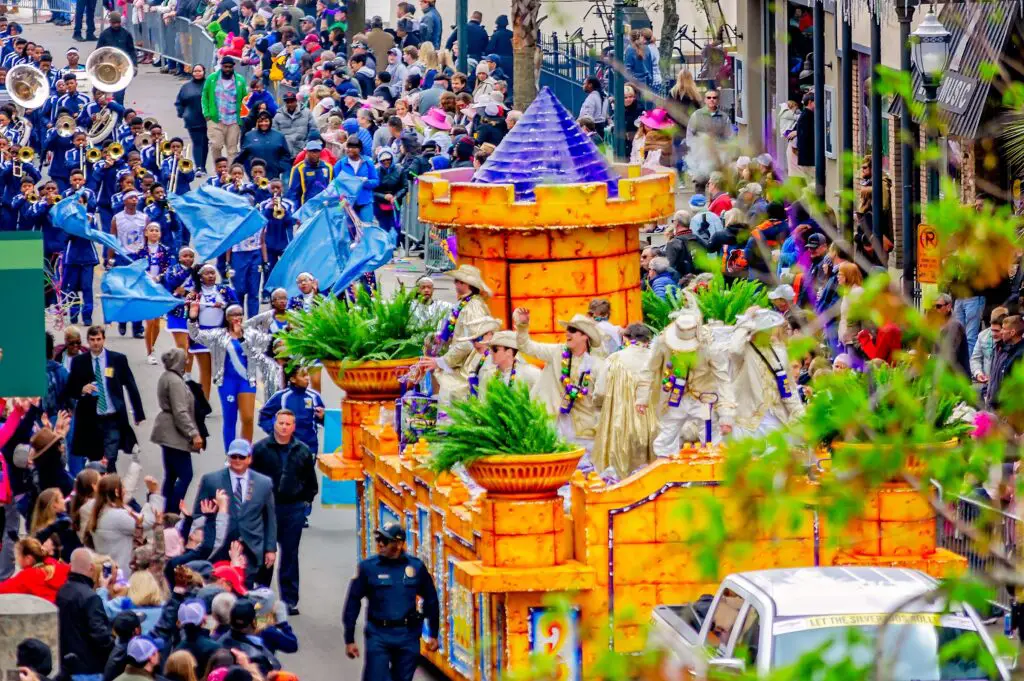
Mardi Gras is often associated with New Orleans, but its roots extend much deeper into French and European history, particularly in France and Italy. The tradition of carnival parades and festivities dates back to ancient European practices of feasting and revelry before the austerity of Lent. French settlers brought Mardi Gras to Louisiana, where it took on an even more distinct American flavor.
Over time, Mardi Gras evolved into a massive celebration featuring grand parades, extravagant costumes, and beads—elements that didn’t necessarily appear in the original French celebrations. The famous bead-throwing tradition, for instance, isn’t actually rooted in European customs but was popularized in the 20th century as a way to engage the crowds. So while Mardi Gras may seem like an entirely American event today, it is in fact an adaptation of European traditions with a heavy influence from local Creole and African-American cultures.
